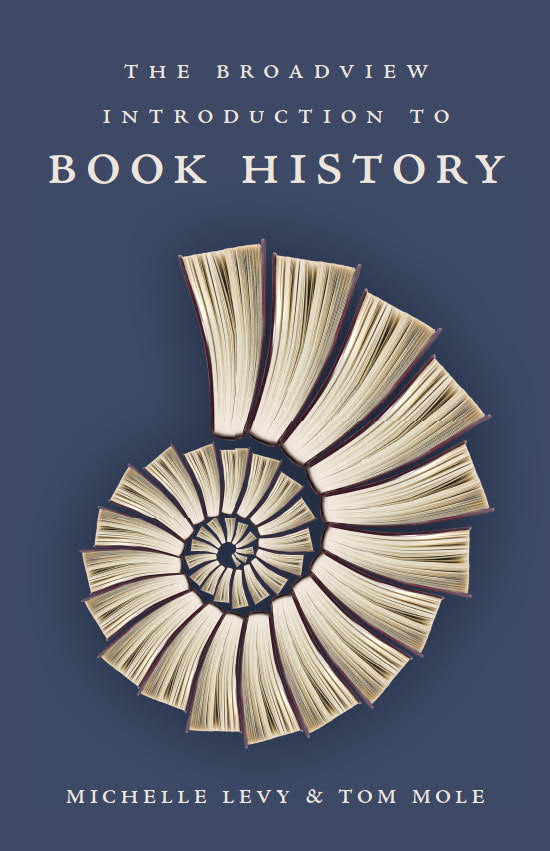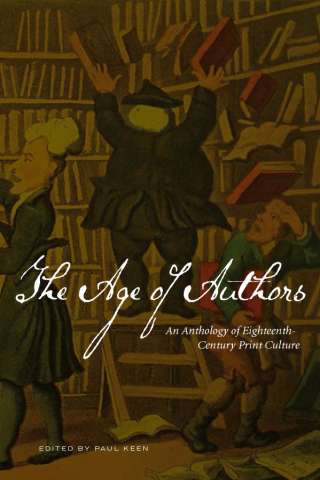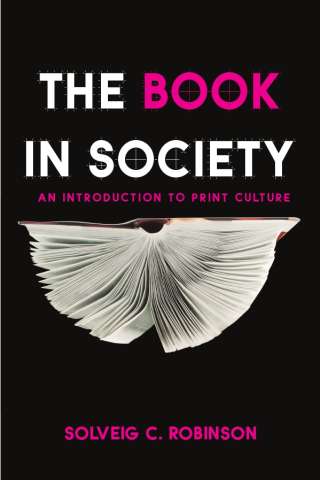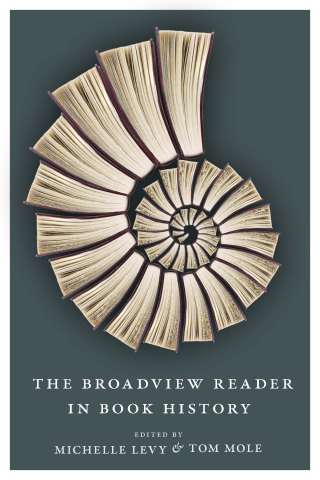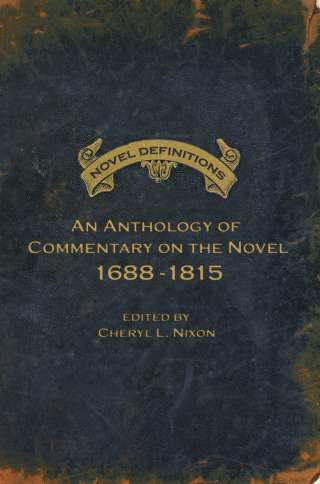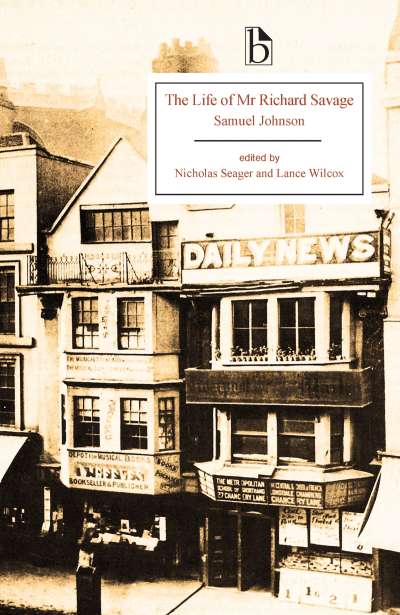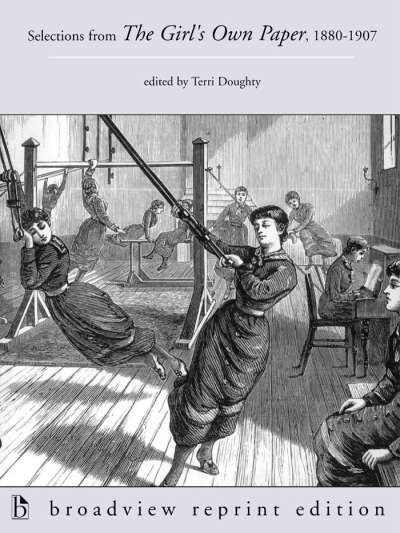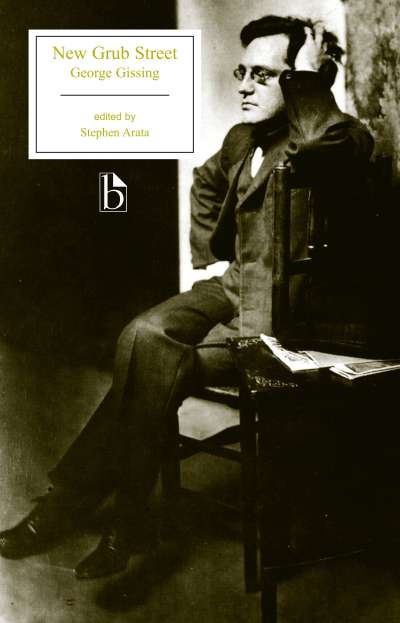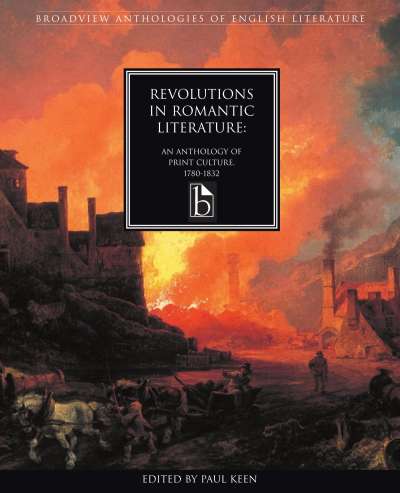This book can be purchased on its own or in a discounted package with The Broadview Reader in Book History.
Book history has emerged in the last twenty years as one of the most important new fields of interdisciplinary study. It has produced new interpretations of major historical events, has made possible new approaches to history, literature, media, and culture, and presents a distinctive historical perspective on current debates about the future of the book. The Broadview Introduction to Book History provides the most comprehensive and up-to-date introduction to this field.
Written in a lively, accessible style, chapters on materiality, textuality, printing and reading, intermediality, and remediation guide readers through numerous key concepts, illustrated with examples from literary texts and historical documents produced across a wide historical range. An ideal text for undergraduate and graduate courses in book history, it offers a road map to this dynamic inter-disciplinary field.
Comments
“This introduction to the still emerging and expanding field of book history is timely, welcome, and a delight to read. It is grounded in an appreciation of the myriad ways in which books can be studied and how they can illuminate important questions in literary, historical, and cultural studies. This lucid and nuanced overview of the discipline is the perfection introduction for students interested in the possibilities of book history and a welcome synthesis of new directions in scholarship including intermediality—oral and writing, manuscript and print—and the remediations accompanying developments in digital media and its textuality and reading practices.” — Margaret J.M. Ezell, Texas A&M University
“Remarkably concise, this substantive volume provides a very useful introduction to concepts and issues relevant to the study of the history of the book. No other text summarizes the multiple disciplinary contributions to this field across such a wide scope. The authors offer a useful overview of work in materiality, textuality, bibliography, production, and readership, as well as current debates on digitization and distant reading. One of the several unique dimensions of this book is the authors’ integration of media studies approaches into the study of books, print, manuscript, and electronic communications. The result is fresh and contemporary while respectfully inclusive of the scholarly traditions that have been vital to book history for more than a century. This will be exceptionally useful for introducing students and scholars at all levels to the overview of methods and topics in the field of book history. The book works as a stand-alone volume, but complements the work in the Broadview Reader on Book History assembled by the same authors.” — Johanna Drucker, University of California, Los Angeles
“This is a lucid and compendious introduction—suitable for undergraduates, graduate students, and more advanced scholars—to the production and dissemination of printed books, with a substantial concluding chapter on digital textuality and the co-existence of printed and digital books. A particular strength of BIHB is that it approaches its subject from multiple perspectives: historical, technological, and theoretical. Its purview not only extends across the ‘four epochs’ of the book—from the development of the manuscript codex to the arrival of the digital ‘media ecology’—but includes materials and techniques used in printing texts and images, the physical aspects of the book (essential information for bibliographical description), the evolution of reading practices, different schools of bibliographical and editorial theory (very useful in teaching students how to use scholarly editions critically), and the impact of digitization on publication and reading. Throughout the emphasis is on processes of mediation, reminding students that the relationship between writer and reader is always conditioned by technological, economic, and ideological factors, regardless of the textual medium.” — Nicholas Halmi, University of Oxford
“[The Broadview Introduction to Book History] provides an informed introduction that is scholarly, concise and accessible to readers at different points in their education. At the same time, it is written in such an animated style and tone that I cannot wait to use it in class and follow through on the suggested readings myself … The content and style are exemplary as educational prompts.” — Jacqueline Reid-Walsh, Pennsylvania State University
“The Broadview Introduction to Book History, [is] a compact and accessible primer that wears its considerable erudition with comfortable humility … The authors have adopted an appropriately conversational tone that conveys the unabashed pleasure they take from their subject, one that gives their prose the feel of a personal tutorial with that rare breed of tutor whose passion makes you want to study whatever they're teaching … Levy and Mole have put together a friendly and reliable guide to what may well be the most complex and socially relevant of the academic reconfigurations of the traditional humanities, the history of the book” — Stephen W. Brown, Journal of the Edinburgh Bibliographical Society
“This is an excellent addition to texts on Book History and should help to ensure the field continues to grow into the future. Highly recommended.” — Samantha Rayner, Interscript Journal
“The study of books is as rich and broad as the history of the humans who created them. Just as they did with the collected essays of The Broadview Reader in Book History, Michelle Levy and Tom Mole have successfully tackled this complex and wide-ranging topic in a way that is both digestible and even entertaining at times.” — Jaidree Braddix, Publishing Research Quarterly

